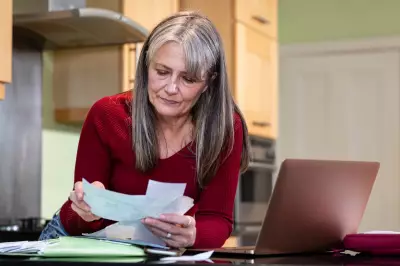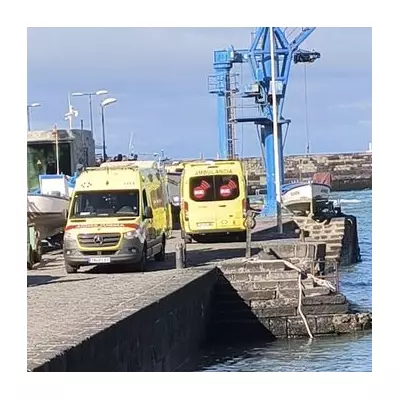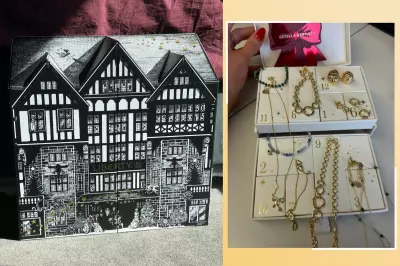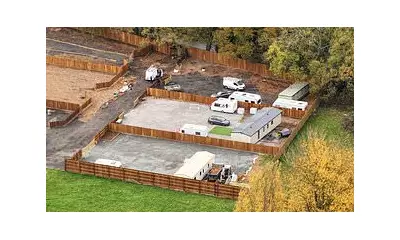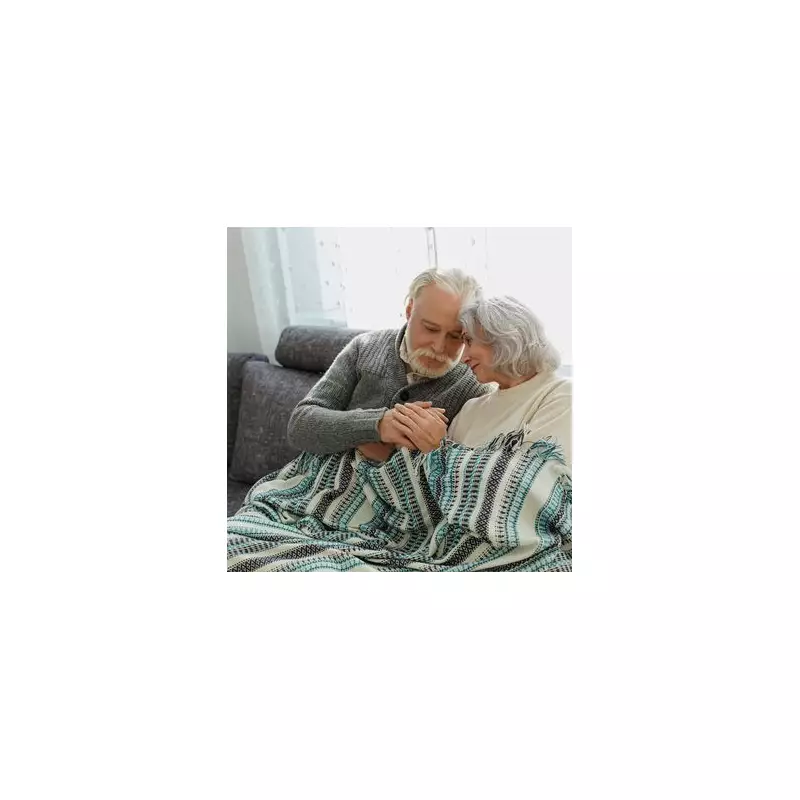
As Britain braces for an Arctic blast, the Department for Work and Pensions has activated the Cold Weather Payment scheme across several regions, providing vital financial support to vulnerable households facing freezing conditions.
What Are Cold Weather Payments?
The Cold Weather Payment is a £25 support payment automatically issued to eligible households when average temperatures drop to zero degrees Celsius or below for seven consecutive days. This crucial support helps cover additional heating costs during the coldest periods.
Which Areas Have Been Triggered?
Recent sub-zero temperatures have already activated payments in multiple postcode areas including:
- Parts of Cumbria and Northumberland
- Selected areas of Yorkshire
- Northern Scotland regions
- Various high-altitude locations across England and Wales
Who Qualifies for This Support?
Eligibility extends to recipients of certain benefits including:
- Pension Credit
- Income Support
- Income-based Jobseeker's Allowance
- Income-related Employment and Support Allowance
- Universal Credit
- Support for Mortgage Interest
Automatic Payments: No Application Needed
The best part? Eligible households don't need to lift a finger. Payments are automatically processed within 14 working days of the cold weather period, appearing directly in your bank account alongside your regular benefit payments.
How to Check Your Eligibility
Residents can quickly verify if their area qualifies by using the official Cold Weather Payment postcode checker on the GOV.UK website. Simply enter your postcode to see if payments have been triggered in your locality.
Long-Term Forecast and Further Support
With meteorologists predicting continued cold spells throughout February, more areas are expected to meet the payment criteria. Meanwhile, households struggling with energy costs should also investigate the Warm Home Discount Scheme and Winter Fuel Payment for additional support.
The Cold Weather Payment scheme runs from November 1st to March 31st annually, providing a crucial safety net for vulnerable households during the coldest months of the year.

